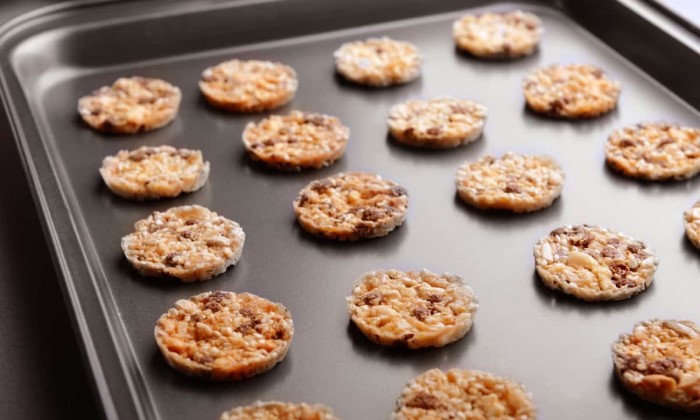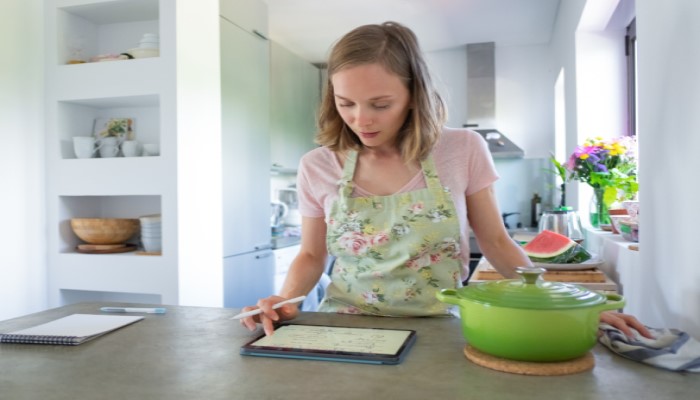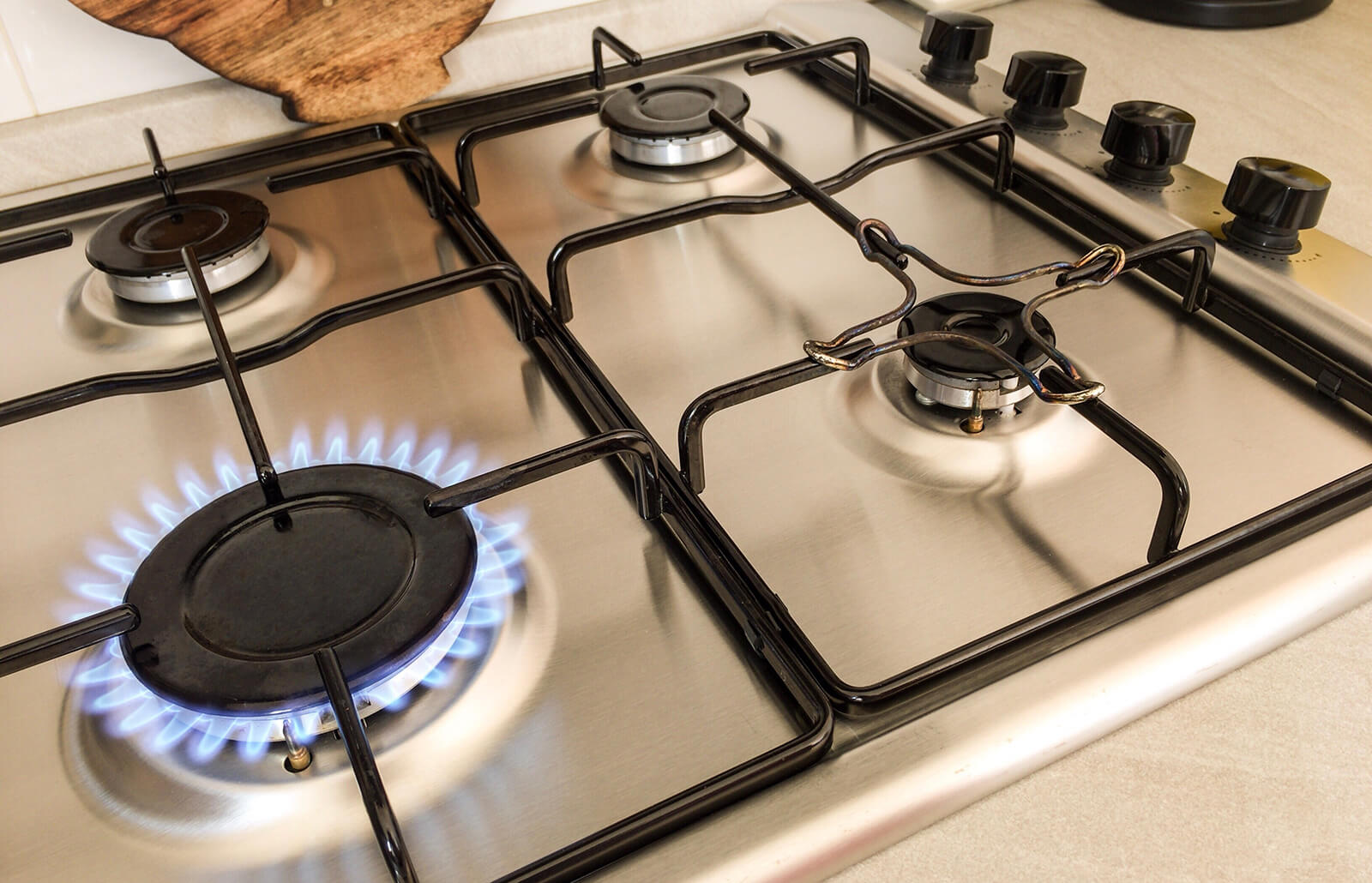If you’re wondering how to clean non stick baking sheets, you’re in the right place. This article will teach you how to clean non-stick baking sheets by using steel wool and vinegar, as well as baking soda. Here are some other tips that you might find helpful:
Cleaning non-stick baking sheets
For tough stains, a simple cleaning solution is hydrogen peroxide and baking soda. These two ingredients will work together to lift the stuck-on food from the baking sheet. The two ingredients are non-abrasive, so the baking sheet won’t be damaged by the cleaning solution. Mix the solution and allow it to sit on the pan for half an hour, and then wipe it clean with a paper towel or kitchen towel. Repeat the process for more stubborn stains.
The next time you need to clean a non-stick baking sheet, try a different method. Instead of high heat or chemicals, try a baking sheet cleaning technique. You can use dryer sheets, water, and dish soap to remove stubborn stains and grease. Wait for three hours before you start using the baking sheet again. Then, remove the dirty water and wash it. This is a quick and easy way to remove stubborn grease and dirt that has built up on the baking sheet.
While cleaning baking sheets may seem like a time-consuming chore, it’s vital for the cleanliness of your kitchen. By cleaning your baking sheets properly, you’ll be able to prevent microwave-contaminated foods from spoiling and keep your kitchen hygienic. Here’s how to clean non-stick baking sheets. If you’ve been avoiding them, make sure you follow these tips. They’ll give your sheet pans a new lease on life!
Also read: How to Clean Baking Pans in 5 Minutes
Cleaning non-stick baking sheets with baking soda and vinegar
If you have a baking sheet that has become scuffed or scratched, cleaning it with vinegar and baking soda is a simple, effective solution. This simple solution is safe to use on both aluminized steel and non-stick pans, and it will not damage them. The key is to let the solution work for at least two hours before scrubbing the pan clean.
To start, mix equal parts of hydrogen peroxide and baking soda and let the mixture soak for 15 minutes. Scrub gently to remove any stuck-on food. Leave the mixture for at least an hour, or overnight if the stains are particularly stubborn. Rinse the baking sheet thoroughly once the mixture has been applied. Afterward, try a Magic Eraser to remove stubborn gunk.
If the hydrogen peroxide solution doesn’t work, you can try other solutions. Sprinkle a little bit of baking soda on the sheet. Then, mix it with a small amount of white vinegar in a spray bottle. Wait about an hour and then scrub the baking sheet. Rinse it with water afterward. To avoid damaging your skin, you can also use Easy-Off or other baking sheet cleaners. However, they use harsh chemicals and may cause allergic reactions.
Cleaning non-stick baking sheets with steel wool
When cleaning a non-stick baking sheet, steel wool will do the trick. The sturdy texture of steel wool will help you cut through stubborn burnt-on food. You can use a #00 steel wool pad – it’s not too abrasive and is tough enough to scrub away baked-on cheese without damaging the surface. While steel wool will leave visible scratches, you’ll notice a significant difference after a few minutes.
You can also clean stains by using hydrogen peroxide and baking soda. Both of these work together to lift stubborn stains. The hydrogen peroxide will not damage the non-stick surface, as it doesn’t react with it. For stubborn stains, simply apply the solution and allow it to sit for a few minutes. Once the paste dries, rinse and dry the sheet thoroughly. Then, repeat the procedure with a sponge and soap.
Although aluminum and stainless steel surfaces are extremely resistant to abrasion and scouring, steel wool will leave tiny scratches on the surface. Steel wool can also leave microscopic scratches on aluminum pans. While steel wool might be the easiest way to clean non-stick baking sheets, you should use a different method for aluminum baking sheets. Aluminum baking sheets can be cleaned with the same cleaning methods, but you may need a softer sponge to remove the gunk.





